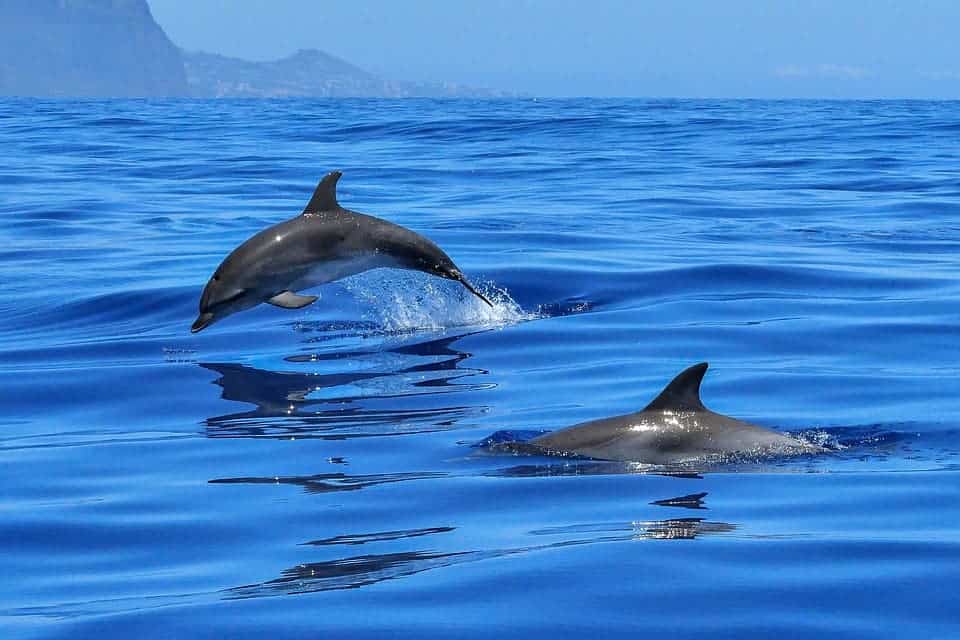Hungry dolphins are resorting to risky tactics to get food — they’ve taken to ripping nets for the fish inside.

Researchers studying the interactions between fishermen and dolphins in northern Cyprus report that the animals are resorting to desperate measures to put food on the table — they’re tearing into nets to eat the fish inside. Nets in this area were up to six times more likely to be damaged when dolphins were in the vicinity.
The pirate porpoise
“It seems that some dolphins may be actively seeking nets as a way to get food,” said Dr. Robin Snape, an ecologist at the University of Exeter, who led the study.
Damaged nets are undoubtedly bad news for fishermen — the cost of repairing or replacing them can reach up to thousands of euros per year. Considering that most operations in the area are small-scale expeditions carried out by modest economic actors, it can pose a significant threat to their livelihoods.
However, the team says fishermen should own up to the situation for which they are, at least in part, to blame. The team points to overfishing as the likely cause of the dolphins’ behavior. Dr. Snape says the situation worryingly bears the signs of a ‘vicious cycle’ where depleted fish stocks result in poor catches, pushing fishers to deploy more fishing nets (which means more costs), further depleting stocks.
“Effective management of fish stocks is urgently needed to address the overexploitation that is causing this vicious cycle,” he adds.
Local fishermen have also called for maximum quotas and off-limits areas to better manage the area’s fish stocks.
As a more short-term solution, the team tried the use of pingers — devices that emit sounds at frequencies intended to drive away dolphins — to enable fishermen to keep their nets safe. However, that backfired quite spectacularly, the team concluding that these devices may have actually worked as “dinner bells” to attract the dolphins.
More powerful pingers may be effective as deterrents, they add, but such devices also have the potential to disturb the marine ecosystems they’re deployed in — so that’s not a viable solution.
The damage, however, isn’t one-sided. The team also tried to estimate how many dolphins died in the area as a result of human action. Reportedly, at least 10 dolphins were accidentally caught in the study area each year. They caution that this figure likely doesn’t reflect reality, as fishermen are likely to under-report such incidents — dolphins have protected status.
Another issue the team highlighted is dolphin consumption of plastic from the fishermen’s nets. They report that sizeable chunks had been cut out of the damaged nets they analyzed; at least part of that material — if not all — is likely to have made its way down the gullet of dolphins, they explain. Marine animal consumption of plastic is a world-spanning environmental concern. Species big and small, from fish to whales, have been found with ingested plastic waste.
A more local problem is that the dolphins of northern Cyprus are poorly understood, and likely only limited in number. So even the small-scale losses reported by the fishermen (again, likely under-estimated) would have a sizeable impact on their population.
The paper “Conflict between Dolphins and a Data-Scarce Fishery of the European Union” has been published in the journal Human Ecology.


